I’d like to tell you a quick story about my trip to Andalusia in southern Spain. We wanted to see the famous Córdoba Mosque-Cathedral, among other things. We did not manage to visit it, but this led us to another place of worship…
Starting in Seville
The capital of Andalusia
So, two friends and I decided to go on a short trip to the south of Spain, or rather the Andalusia region. We began our journey in Seville. Seville is a stunning city and the historical capital of Andalusia.
Seville was one of the most important cities in Spain during the Middle Ages, and its architecture reflects this even today. After hundreds of years of use, churches such as the Seville Cathedral and palaces like the Alcázar are still standing.
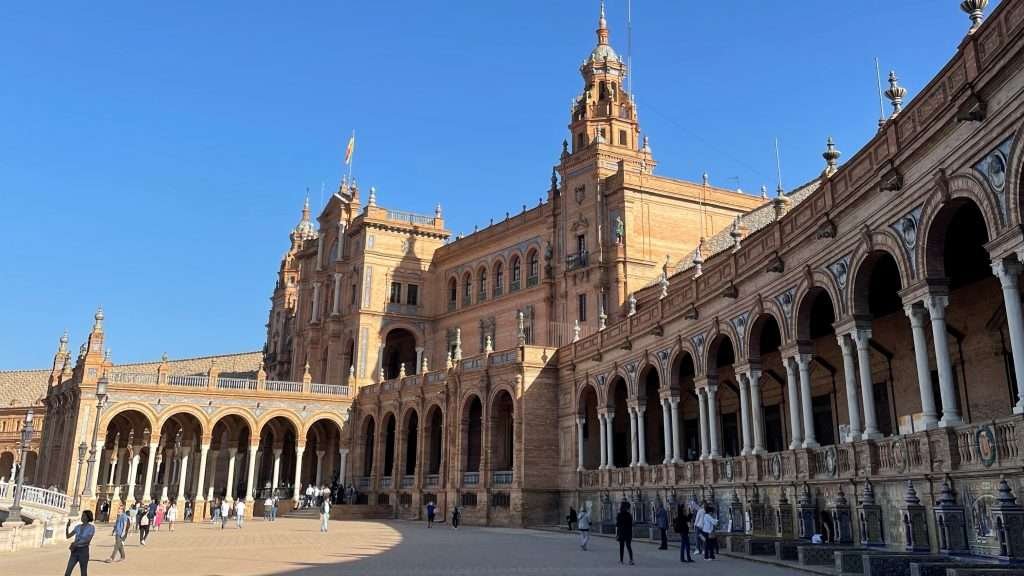
Walking around
The architecture of the city is very unique, and you could spend hours, if not days, just walking around it. And I say walking because everything is very walkable in the city center, while there are no cars. We discovered this quickly after renting a car and failing to find a parking space near Sevilla’s main attractions.
Sunset in Ronda
Famous White Villages
After spending some time in Seville, we continued on to one of Andalusia’s famous white villages. The white villages are beautiful small towns in the Andalusian highlands between Cádiz and Málaga. We could only visit one of them because we didn’t have much time.
The Old Bridge
So we went with Ronda, which is the most well-known. The main attraction in Ronda is the old bridge that connects two mountains. We were surprised by how large the bridge was when we arrived. The view from above was spectacular, and the trip was well worth it.
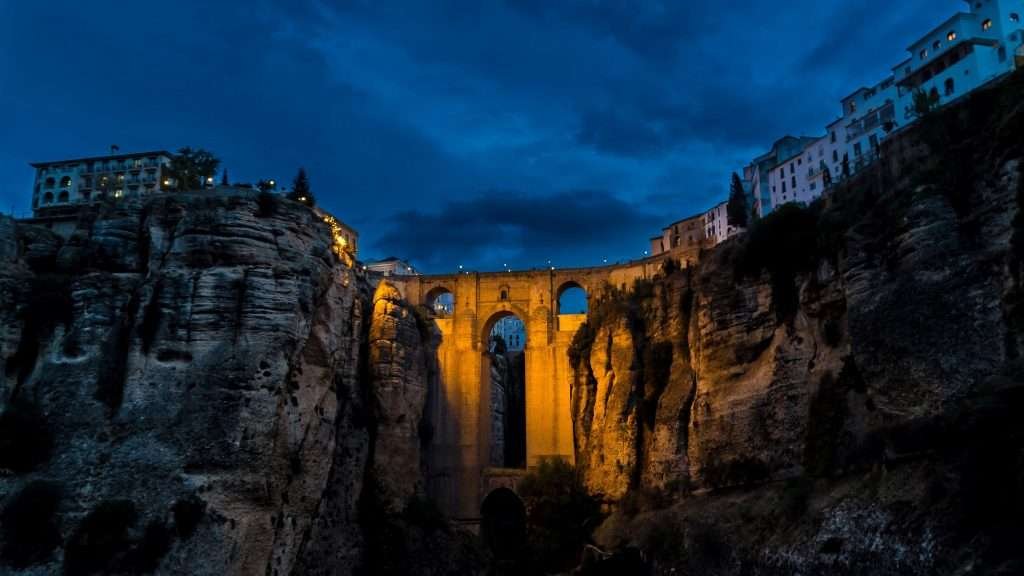
Morning in Córdoba
Through the park
We began our next day in the city of Córdoba. Córdoba is smaller than Seville and only has one major attraction, the Córdoba Mosque-Cathedral. In the morning, we started walking towards where our car was parked.
On the way, we walked through a small park that appeared to be quite normal at first. Remember this because it will be relevant in a moment.
Into the city
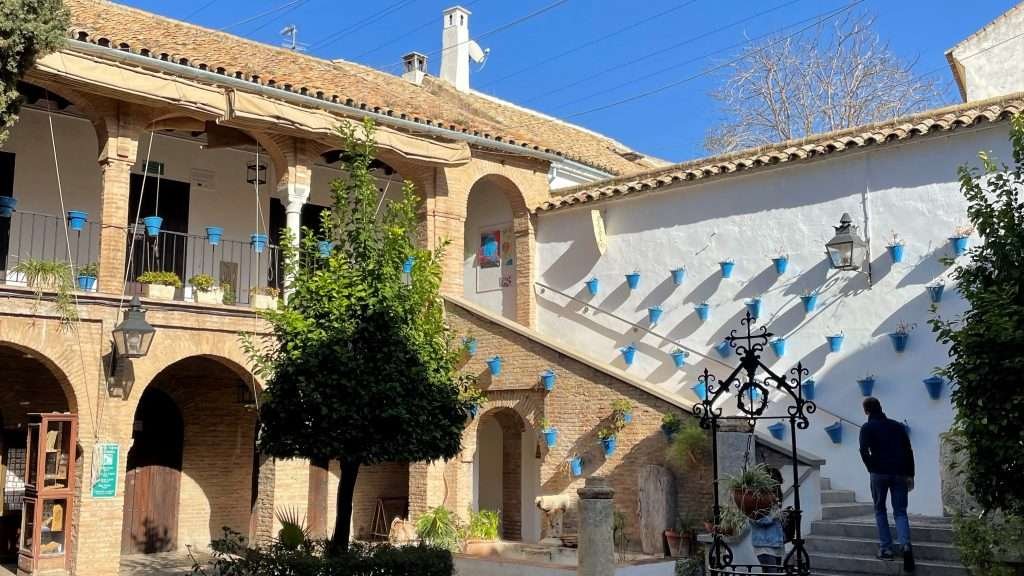
We then went to the city center and walked around. We began by visiting the traditional houses, which are a sight in and of itself. Then we went down to the river and found the attraction that we wanted to see. But there was one small issue: it was Sunday.
On Sundays, the Mosque-Cathedral is only open in the morning and evening. Of course, we didn’t know that, so we stood there dumbfounded before deciding to move on…
Finding another mosque
We decided to continue our journey to Granada because we were unable to visit the Mezquita (Spanish for mosque). But first, we decided to go to a real mosque where we could actually pray. So I went online and found a mosque near us, but there was something strange about it.
The location indicated a small dot in a park. And guess what, it was the same park that we had walked through in the morning.
Back to the park
I thought that the location on the map was not really accurate so we to go anyway. It had to be close by, but it couldn’t be in the park, I reasoned. Well, I was mistaken.
We returned to the park and noticed a small building in the middle of it that we had completely overlooked earlier. The door appeared to be closed, but we discovered an entrance on the other side:
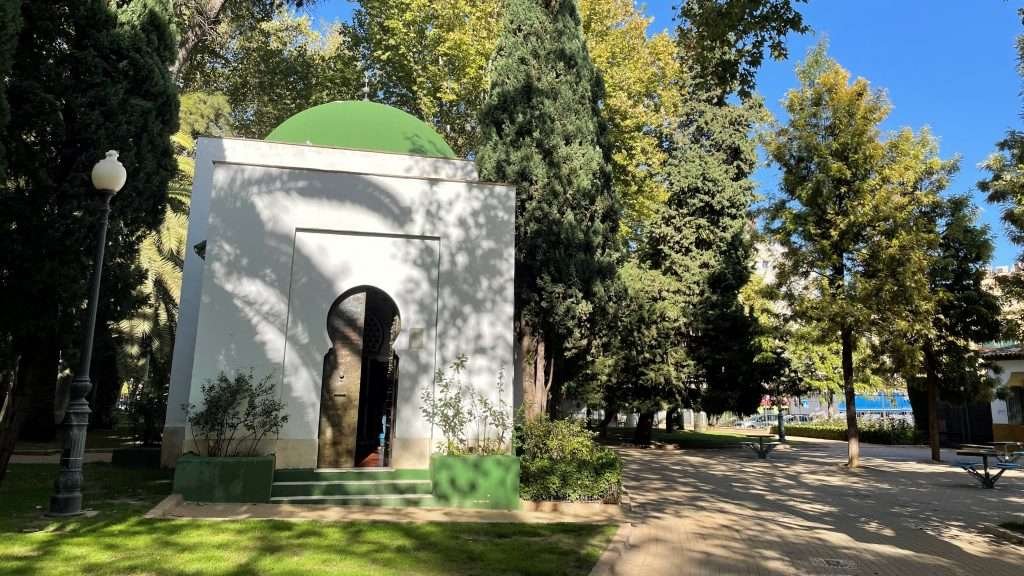
Hidden place of worship
When we arrived, there were already people praying. As I previously stated, the mosque was small and unnoticeable. However, for us this was a very odd experience.
First, we could not enter the mosque, which has been turned into a tourist attraction. However, this eventually led us to discover a mosque for worship that had been right in front of our eyes…
Quick stop in Granada
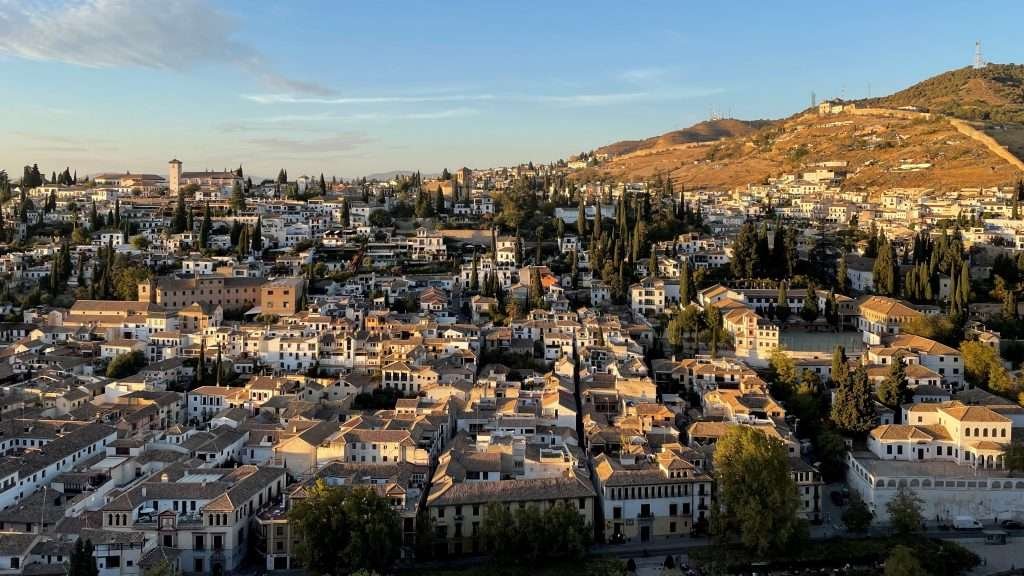
The Alhambra Palaces
Anyways, our journey concluded with a visit to the famous Alhambra complex in the city of Granada. This is Spain’s most visited monument, with approximately 3 million visitors each year.
It was constructed in the 13th century by the Nasrid dynasty of Islamic Spain. The name Alhambra is derived from the Arabic term al-amra’ (meaning “The Red One”).
Islamic History of Spain
Nasrids were Muslim rulers of medieval Islamic Spain who ruled on behalf of the last three Umayyad caliphs and established the city of Granada as their capital. From the mid 13th to the late 15th century, the only remaining domain of al-Andalus was the Emirate of Granada, the last Muslim stronghold in the Iberian Peninsula. They were overthrown by Ferdinand III of Castile in 1492.
Arabic Inscriptions
The complex includes palaces, towers, gardens, and courtyards, as well as a Royal Mews, a Royal Palace, and other structures. The most fascinating are the Nasrid Palaces, which have the Arabic writing “There is no victor but Allah” inscribed all over the walls.
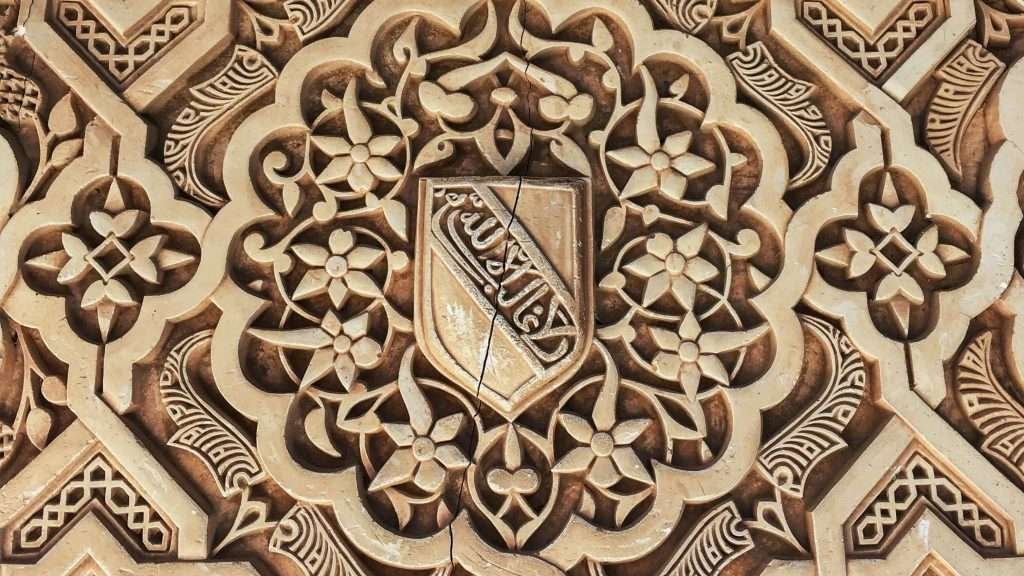

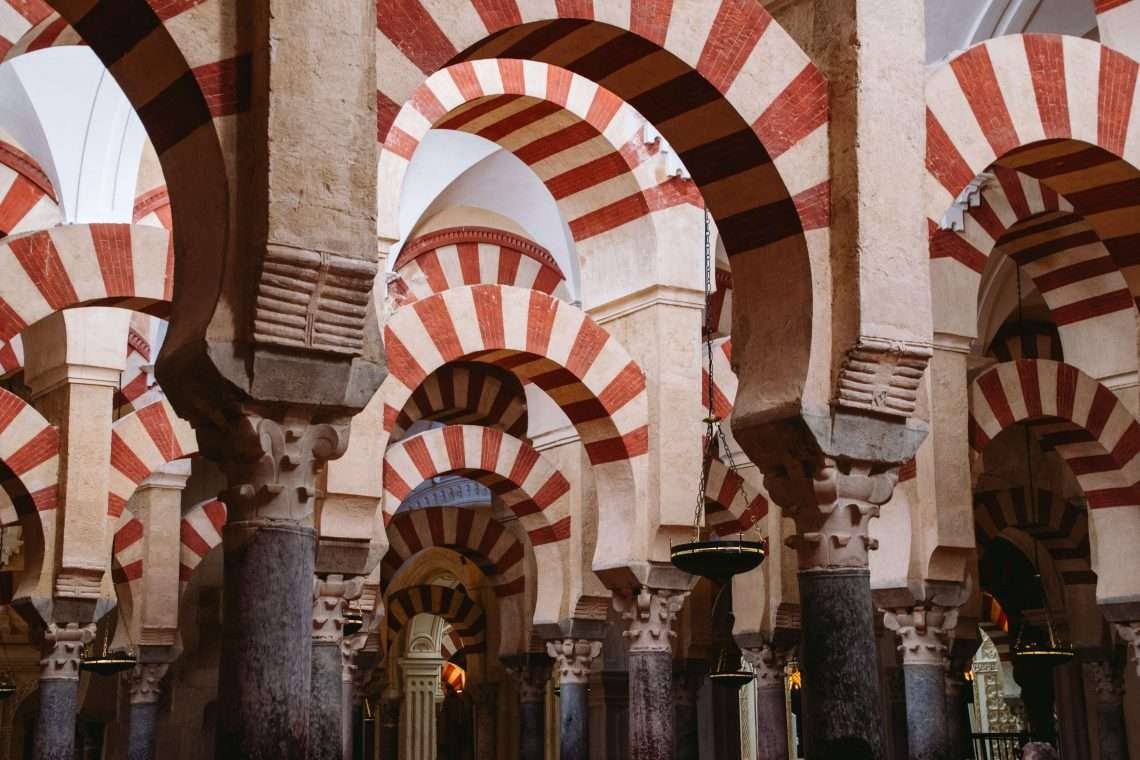


No Comments